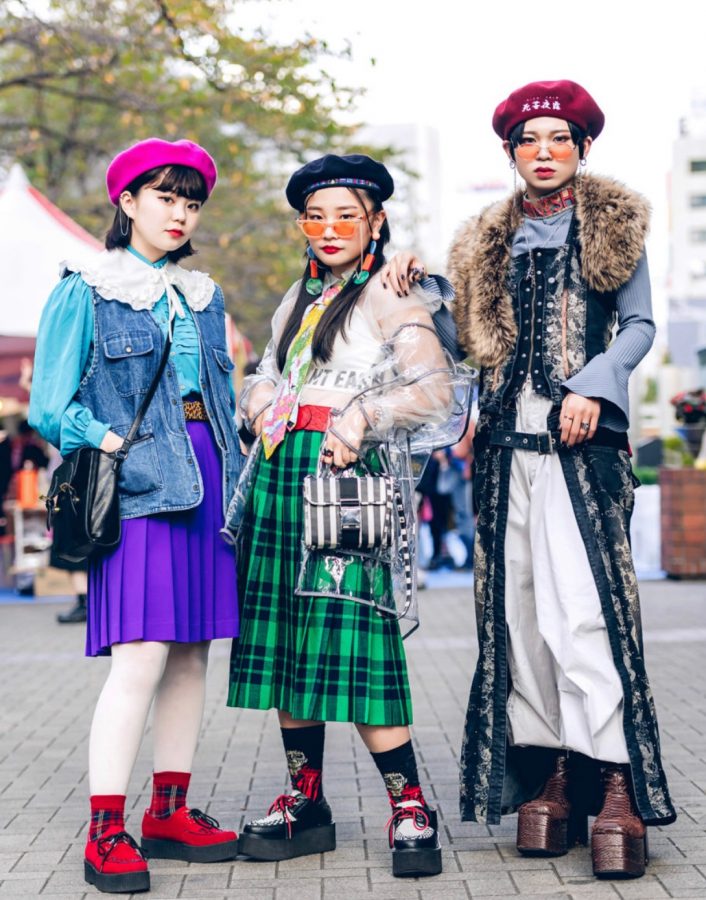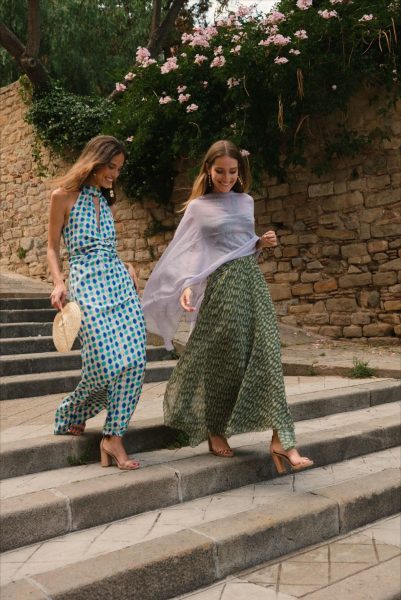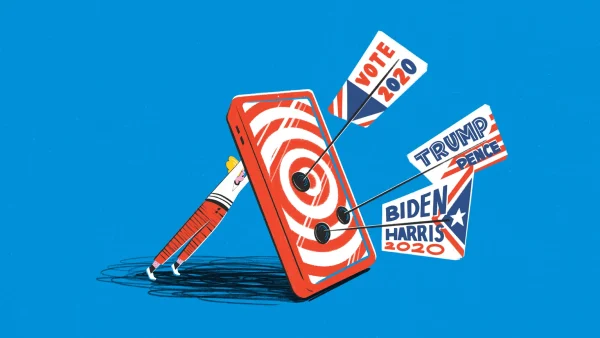Teen fashion around the world: a series—second stop, Japan

More stories from Coco Corey
Not only is fashion a form of self-expression and art, but it also challenges us in many ways. What do we think about a government mandate forcing items of clothing on people? How far are we willing to go to wear what we want? Is it okay to represent a culture that we aren’t a part of? Whenever I write about fashion, I feel it always inspires a social or cultural issue, again proving that fashion is never just fashion.
When you think of Harajuku girls, Gwen Stefani’s “Angel,” “Music,” “Baby,” and” Love” may be the first thing that comes to mind. But Stefani’s backup dancers—and her perfume and clothing line “Harajuku Lovers”—were inspired by Japanese culture. Stefani says her love of Japanese culture derives from her visits to the country as a child. When she began making money from that culture, she took criticism for being culturally inappropriate. Did she take a culture that is not hers and use it for her own gain? This sort of debate occurs often in fashion, entertainment, and food industries. Stefani has stated, “If we didn’t buy and sell and trade our cultures in, we wouldn’t have so much beauty…we learn from each other, we share from each other, we grow from each other…if I had my dream come true, I could live there and I could go hang out in Harajuku” (Vivinetto and Kubota).
On the other hand, comedian Margaret Cho commented on Stefani’s cultural inappropriateness when she said, “Even though to me, a Japanese schoolgirl uniform is kind of like blackface, I am just in acceptance of it, because something is better than nothing” (Dockterman). The issue of cultural inappropriateness is one that divides many people and something we should deeply consider: should artists, celebrities, and creators be able to share a tradition that isn’t inherently theirs? Is this unacceptable, or are they “spreading their love” for a different lifestyle than their own?
Until the mid-2000s, Harajuku fashion was all over the place, and its only defining factor is whatever look you choose, you go all in.
Let’s talk about the fashion that incited the debate. Harajuku is a district in Tokyo known for vintage clothing stores, street art, and cosplay shops. The area’s fashion became popular when teens began dressing in over-the-top outfits in this district. Beginning in the 1990s, teens were seen dressing like walking pieces of art, some like video game or anime characters, many in outfits where western culture met eastern culture. The outfits were so spectacular that when photos were taken and shared, other fashionable cities took notice. The style is so undefinable that it can only be categorized in subsets.
“Just for the record, there isn’t a specific style to describe Harajuku fashion. If there was, it basically cancels out the rule of no rules and the very definition of originality and creativity. From gothic lolitas and weekend cosplayers to the retro rock ‘n roll to kawaii put-together, this mix of non-mixing is what made Harajuku oh so special and enticing” (Syakirah).
Until the mid-2000s, Harajuku fashion was all over the place, and its only defining factor is whatever look you choose, you go all in. There was no “slight” version of the style; it’s go big or go home. Whether it’s punchy rainbow-colored garb with victorian esque undertones or dark gothic era, the looks were extravagant. Now, the styles have evolved a bit more and feel more sophisticated—but maybe also less fun. Harajuku is about rebellion, pushing limits, and breaking style barriers. It exemplifies the best kind of fashion: uniquely one’s own.
“The term ‘Harajuku style’ encompasses a broad range of stylistic trends that took inspiration from various sources, but at its core was the combination of western styles with traditional garments like kimonos and details from Japanese culture…(“The Untold Truth of Harajuku Culture”). Harajuku style promotes individualism. It fights conformism, and it’s globally viewed as one of the most flamboyant, wild, and extensive forms of art—it’s revolutionary.
It is hard to define the Harajuku style, but it’s easy to identify. Google it; you will be enchanted with pictures of fun, expressive ensembles coordinated by young, creative individuals. Harajuku fashion celebrates everything there is to love about the industry.

Coco Corey is a senior entering her second year writing for The Central Trend. Coco plays on the tennis team, and she is also one of the four student section...






























































































